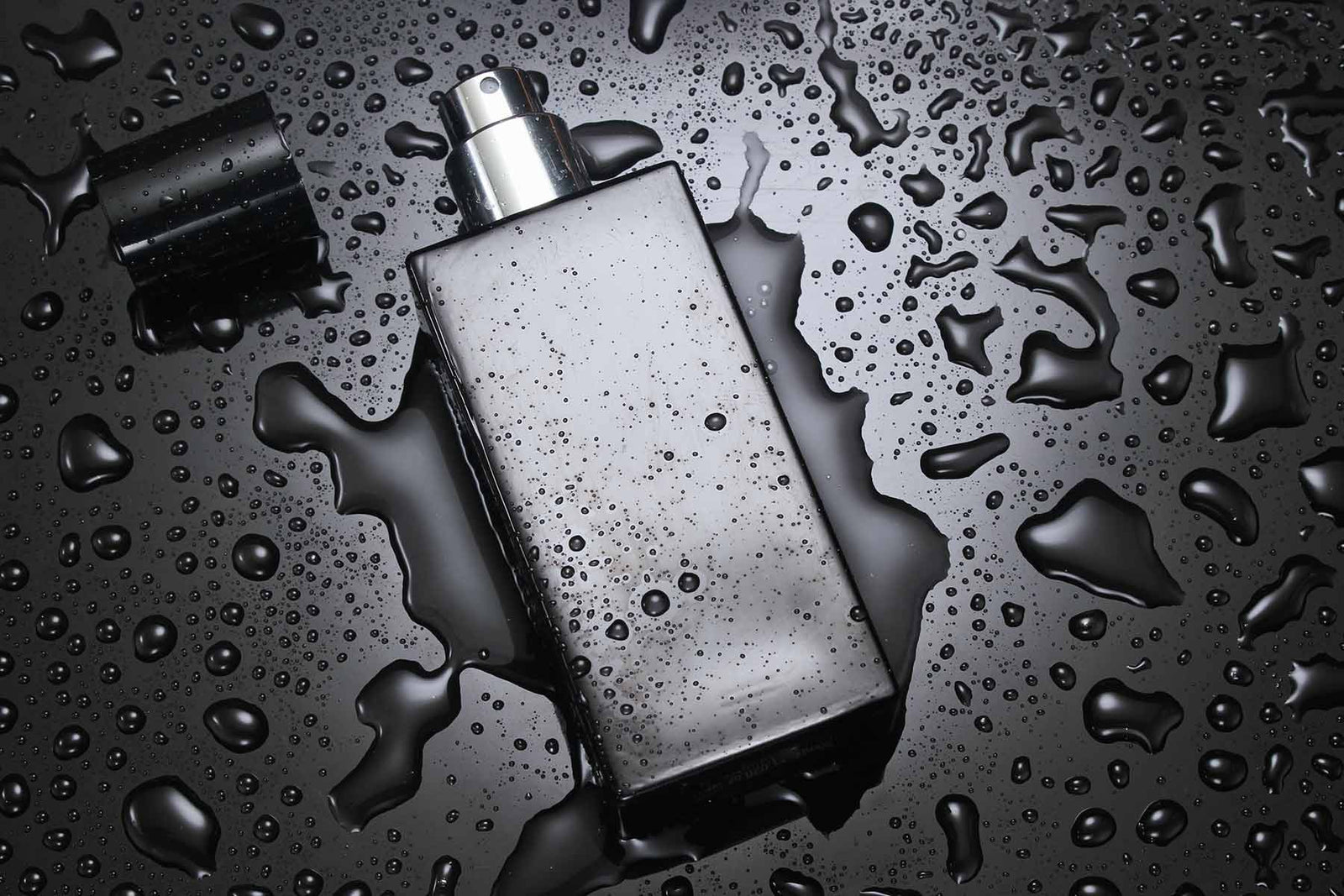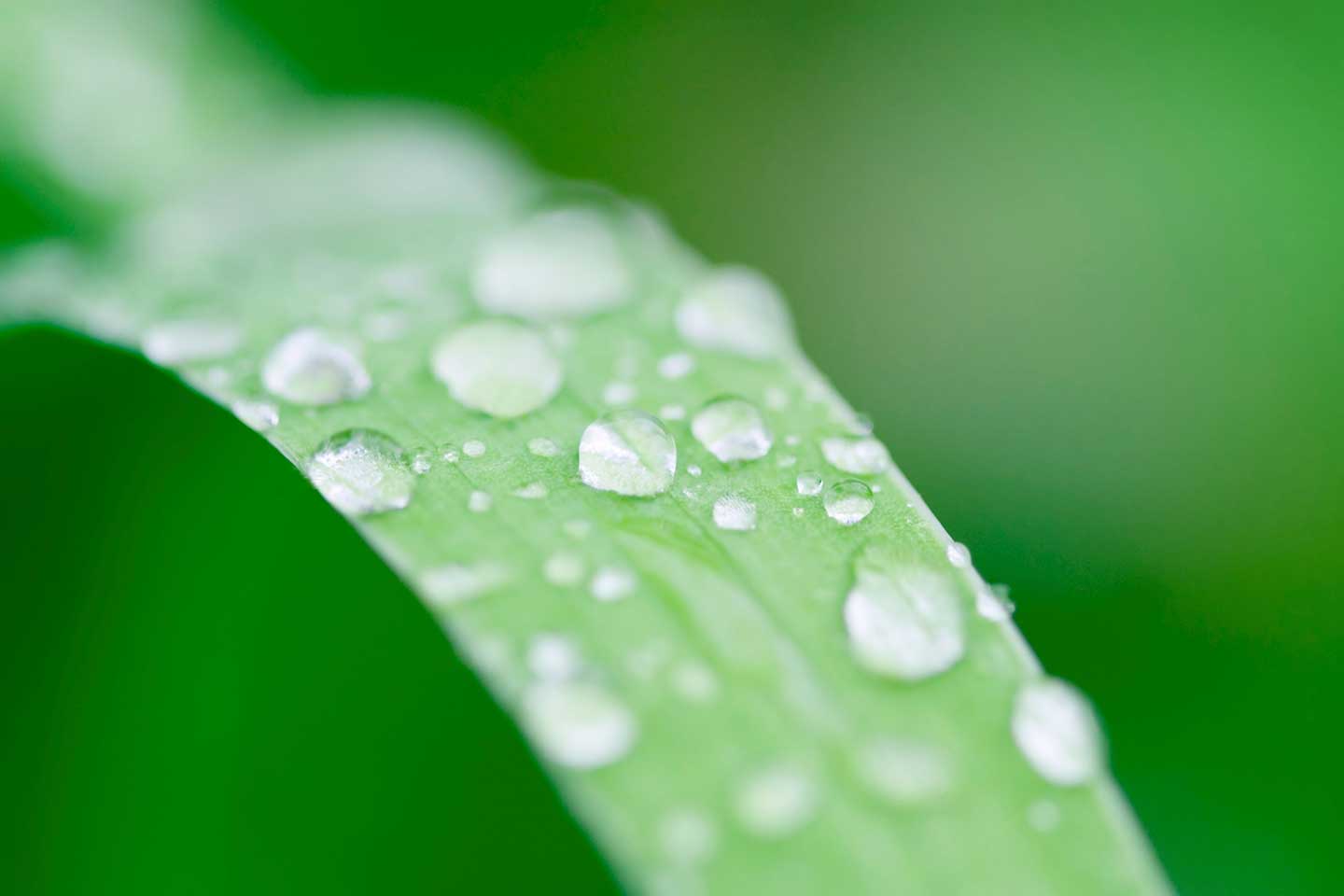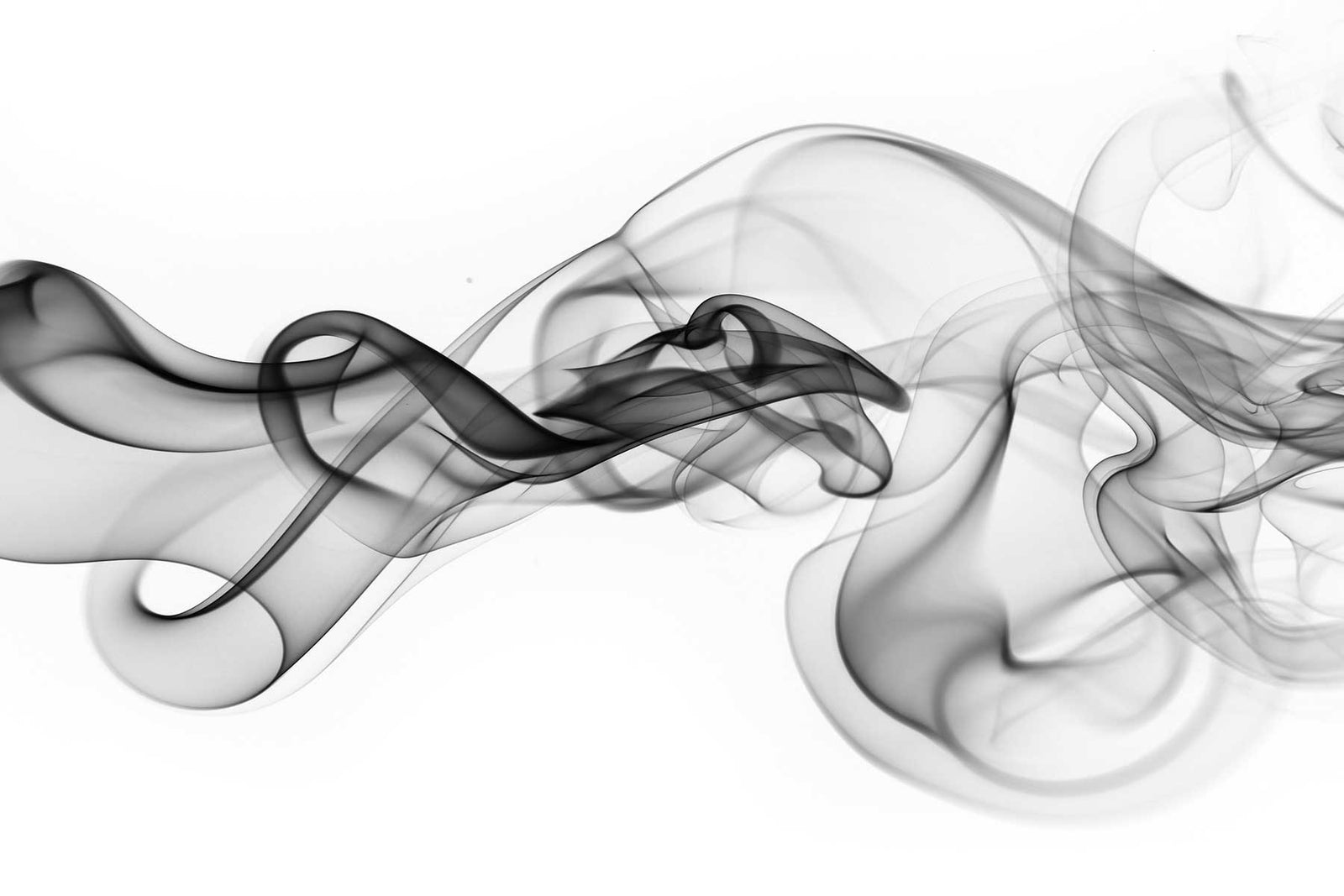Your Cart is Empty
Free Shipping orders over $100 (US only)
Menu

Free Shipping orders over $100 (US only)
Our Fragrances
Ingredient Spotlight: Rose
by Nathan Motylinski 2 min read

The roses used in perfumery look and smell nothing like the ones we give on Valentine's day. In fact, they are entirely different species. The two main types of rose used in fragrance are Centifolia and Damask. Centifolia are the most prized for their fragrance and are typically grown in France, where they bloom only during the month of May and must be harvested by hand. Damask roses usually come from Turkey and are very close, but not the same in olfactive output.
The smell of a blooming rose is actually composed of hundreds of individual components working together, much like a finished perfume. In perfumery, we have the option of working with materials that capture either the smell of the entire rose or just the individual parts. Steam distillation and solvent extraction produce materials with the 'complete' rose smell (we have over 15 on our palette), the most expensive of which can cost over $23,000/KG. Individual components are mix of synthetic and natural molecules that reproduce specific aspects of rose (we have over 50 of these materials in our library). Depending on the project and budget, we will determine which is the best option to use.
Rose is one of the most iconic scents profiles and materials used in perfumery, the smell of which can vary greatly depending on the grade and quality of ingredients. Of course, the absolute best way to enjoy this amazing perfume from nature is to visit the rose farms in Grasse, France during the month of May.
Oflactive Notes: Rose
Our Description: Rose has a delicate, ethereal floral smell combined with peppery freshness, creating a soft, velvety olfactive texture
Used In: Eau de Rose, Venezia, Oud Rose, Plant-based Églantine. Notable launches include Eternity, L'Eau d'Issey and YSL Paris
Leave a comment
Comments will be approved before showing up.
Also in Fragrant Thoughts

Perfume Labeling Requirements: US vs. EU
by Nathan Motylinski 3 min read
cosmetic compliance EU fragrance regulation fragrance allergen disclosure perfume labeling requirements U.S. perfume labeling law
Discover the key differences between U.S. and EU perfume labeling laws. Learn what must appear on fragrance labels, from ingredient lists to allergen disclosure, and get updated on the EU’s expansion from 26 to 80+ fragrance allergens.

ISO 9235 Standard Explained
by Nathan Motylinski 3 min read
clean fragrance fragrance compliance standard ISO 9235 fragrance standard natural fragrance oil plant-based fragrance formulation sustainable perfume ingredients
ISO 9235 is the international benchmark for defining natural fragrance oils and ensuring clarity in plant-based fragrance formulations. If you’re a perfumer, formulator, or brand working in the clean fragrance space, this standard matters.

Fragrance Regulatory: 50 Shades of Grey
by Nathan Motylinski 2 min read
Fragrance safety regulations can be confusing, even for us. While many folks think of IFRA limits as clearly black and white, they are really a constantly changing world of grey.
Read MoreSubscribe
Sign up to get the latest on sales, new releases and more …